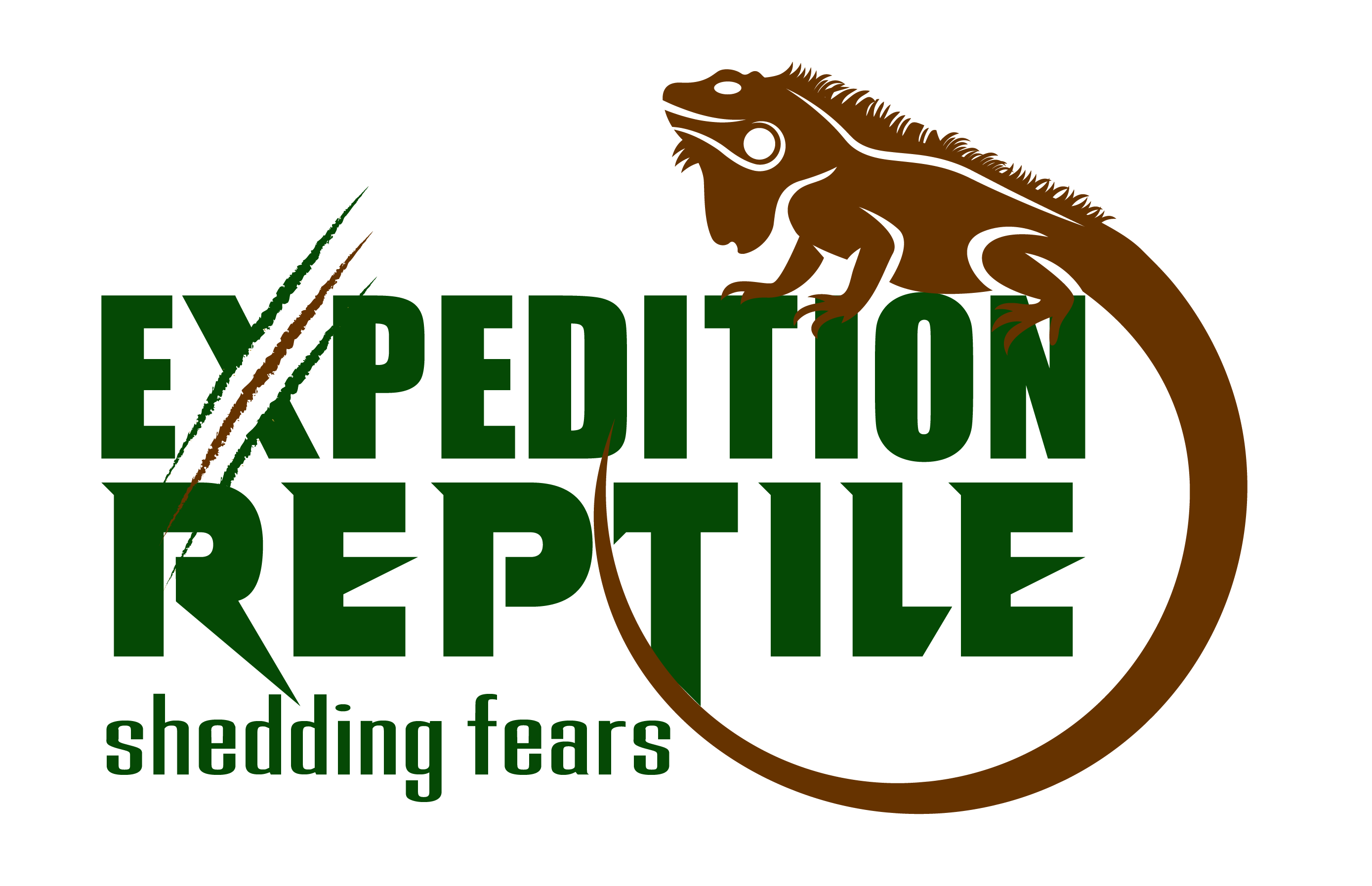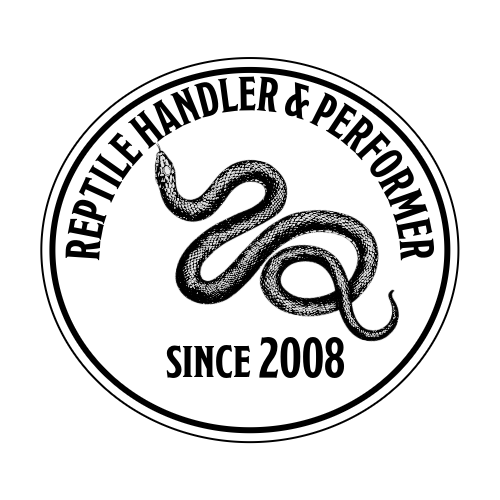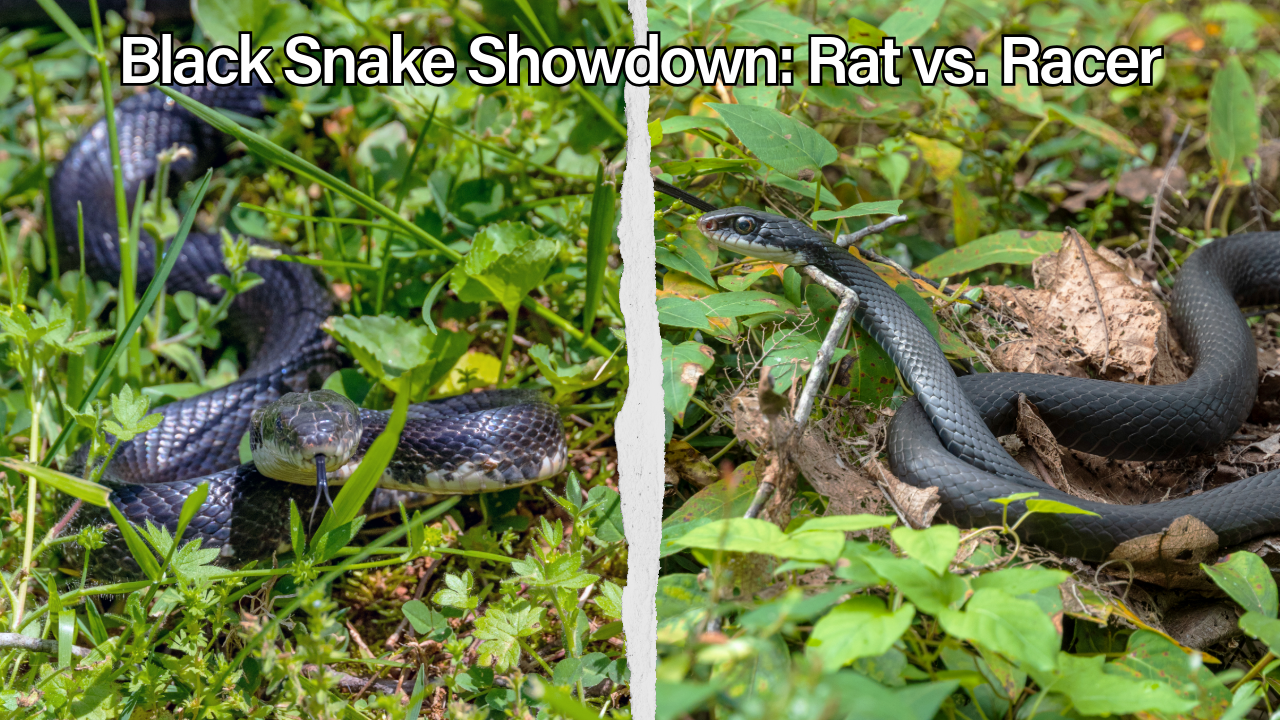
At Expedition Reptile LLC, we’re passionate about bringing the fascinating world of reptiles to life through our engaging educational shows across New England. Our mission is to spark curiosity and appreciation for these often-misunderstood creatures, and today, we’re zooming in on two of the most iconic snakes in the region: the Eastern Rat Snake and the Eastern Black Racer. Both are sleek, black, and non-venomous, but don’t let their similar appearance fool you—these snakes are as different as night and day! Join us as we explore their unique traits, behaviors, and roles in the wild, helping you identify them with confidence the next time you spot a slithery friend in your backyard.
Meet the Contenders
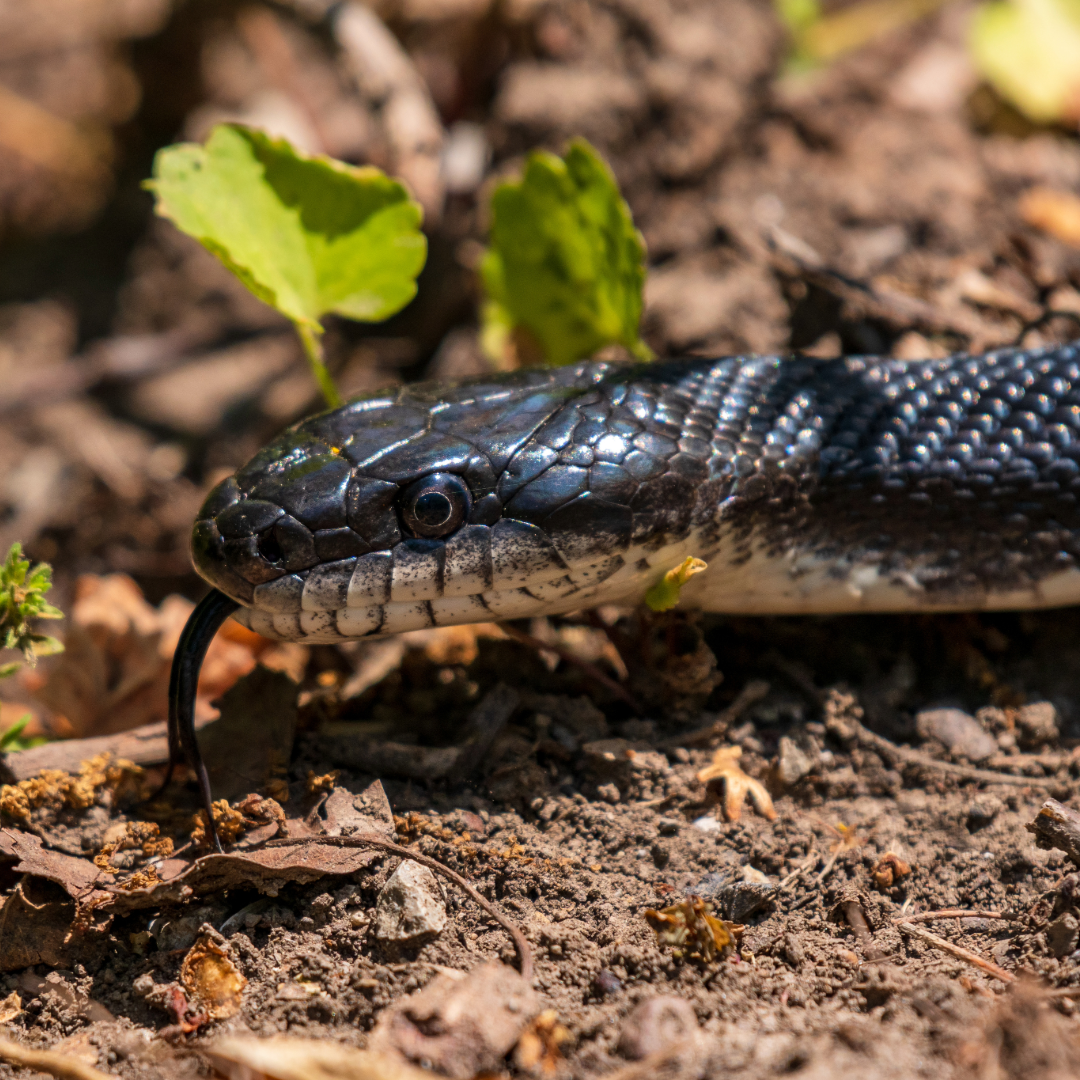
Eastern Rat Snake
Eastern Rat Snake (Pantherophis alleghaniensis)
The Eastern Rat Snake, often called the black rat snake, is a heavyweight in the snake world. These constrictors can grow to an impressive 3.5 to 8 feet, with some reaching up to 8 feet in length. Their shiny black scales gleam with a glossy finish, and their bellies feature a striking checkered pattern of white and gray, often with a white chin and throat. Rat snakes have keeled scales—think of them as slightly textured, with a ridge down the center—giving their skin a subtly rough feel. Their heads are wider than their necks, and their thick, muscular bodies make them look like the bodybuilders of the snake world.
Rat snakes are the ultimate climbers. They’re often spotted scaling trees, raiding bird nests, or even sneaking into barns in search of a rodent buffet. Their diet is a farmer’s dream: rats, mice, frogs, and bird eggs are all on the menu. As constrictors, they wrap their powerful bodies around prey, squeezing until the meal is subdued. Found across the central and eastern United States, including New England, these snakes thrive in forests, farmlands, and suburban areas. They’re docile by nature, preferring to slither away from humans, but when cornered, they might vibrate their tails or emit a foul-smelling musk to ward off threats.
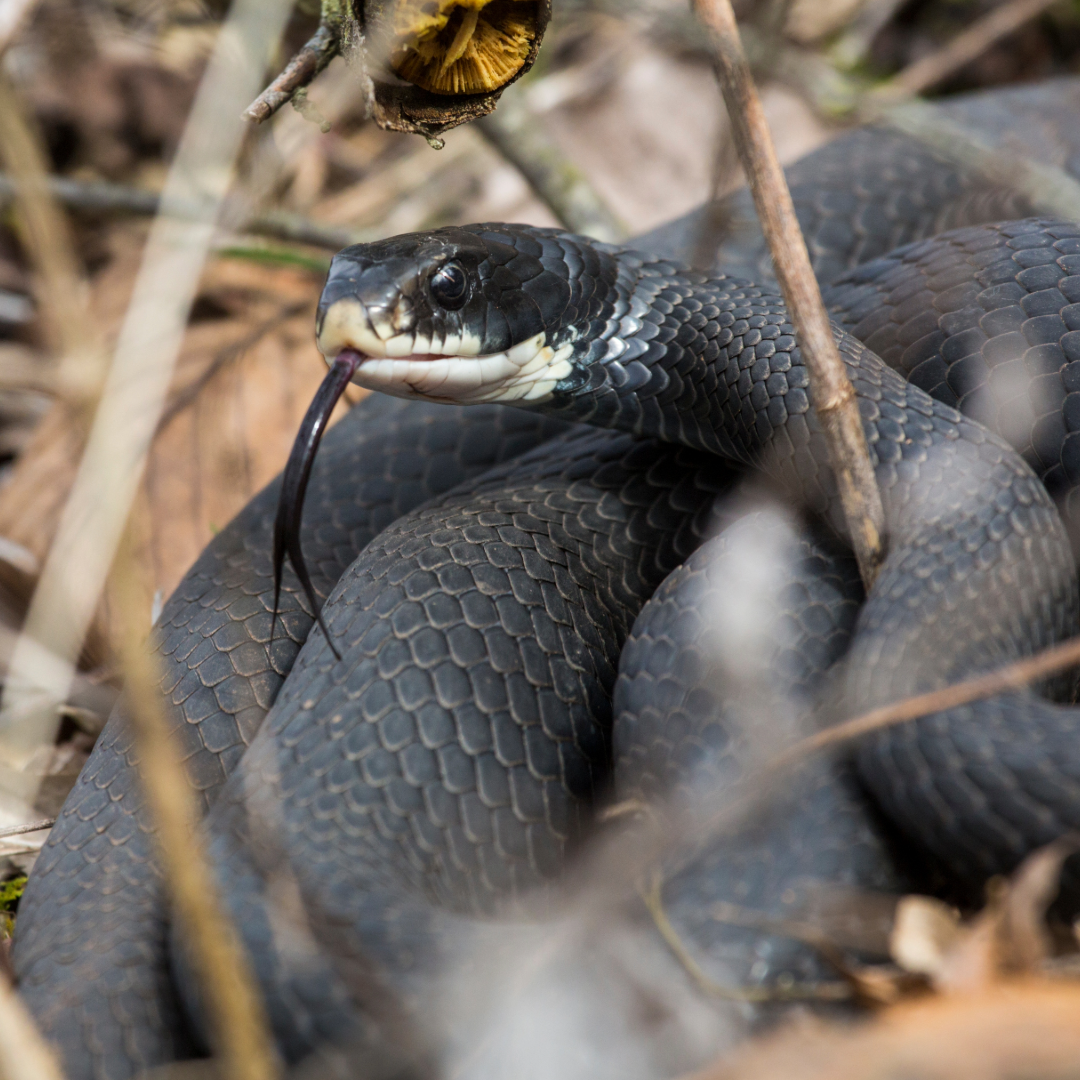
Eastern Black Racer
Eastern Black Racer (Coluber constrictor)
The Eastern Black Racer is the speedster of the snake duo, built for agility and quick getaways. Typically measuring 3 to 6 feet, racers are slimmer and more streamlined than their rat snake cousins. Their smooth, matte black scales give them a sleek, almost velvety appearance, with a solid dark gray or black belly and a white chin. Unlike the keeled scales of rat snakes, racer scales are smooth to the touch, enhancing their aerodynamic vibe. Their heads are slender, blending seamlessly with their bodies, and their large eyes hint at their sharp vision.
Racers are daytime hunters, relying on speed and keen eyesight to chase down prey. They don’t constrict—instead, they pin or swallow their meals alive, feasting on small rodents, lizards, frogs, and even other snakes. You’ll find racers zipping through grasslands, forests, or suburban yards, often “periscoping” (raising their heads to scan the surroundings). Their range spans North and South America, including New England, where they prefer open, sunny areas. Racers are more nervous than rat snakes, quick to flee but ready to bite or vibrate their tails (mimicking a rattlesnake) if threatened.
Key Differences to Spot in the Wild
Now that we’ve met our slithery stars, let’s break down the key differences to help you tell them apart during your next outdoor adventure.
- Appearance and Scales
- Rat Snake: Glossy black with keeled (ridged) scales, giving a slightly rough texture. Their bellies are checkered with white and gray, and a faint pattern may be visible on their backs. Their thick bodies and wider heads stand out.
- Racer: Matte black with smooth scales, feeling sleek and slippery. Their bellies are uniformly dark gray or black, with white restricted to the chin. Racers have slender bodies and narrow heads.
Pro Tip: Run your fingers (gently!) over a snake’s back if you’re handling one with expert supervision. Keeled scales mean rat snake; smooth scales scream racer.
- Size and Shape
- Rat Snake: Longer and bulkier, averaging 4 to 6 feet but capable of reaching 8 feet. Their thick, muscular build is designed for constriction and climbing.
- Racer: Shorter, averaging 3 to 5 feet, with a whip-like, slender body built for speed.
Pro Tip: If the snake looks like it’s been hitting the gym, it’s likely a rat snake. If it’s lean and mean, you’ve got a racer.
- Behavior and Movement
- Rat Snake: Moves at a steady, deliberate pace, often pausing to survey the scene. They’re climbers, so look up—rat snakes love trees and high perches. When threatened, they may freeze, kink their bodies into an S-shape, or slither away slowly.
- Racer: Zips around with purpose, often darting under cover or into bushes. They’re ground-dwellers, rarely climbing trees, and their “periscoping” behavior is a dead giveaway. Racers are more defensive, biting repeatedly if cornered.
Pro Tip: If the snake bolts like it’s late for a meeting, it’s a racer. If it’s taking its sweet time or posing in a tree, it’s a rat snake.
- Habitat Preferences
- Rat Snake: Loves woodlands, farmlands, and suburban areas with plenty of hiding spots. They’re often found in barns, sheds, or trees, hunting rodents near human structures.
- Racer: Prefers open, sunny habitats like grasslands, meadows, or forest edges. They stick to the ground, hiding in brush or man-made structures.
Pro Tip: Spot a black snake in a tree or attic? Rat snake. Darting across a sunny field? Racer.
- Diet and Hunting Style
- Rat Snake: Constrictors that wrap and squeeze prey like rodents, frogs, and bird eggs. They’re stealthy stalkers, using their climbing skills to access nests.
- Racer: Agile hunters that chase and pin prey, swallowing it alive. Their diet includes rodents, lizards, frogs, and small snakes, caught with speed and precision.
Pro Tip: If the snake’s coiled around its lunch, it’s a rat snake. If it’s chasing its meal like a sprinter, it’s a racer.
- Defensive Tactics
- Rat Snake: Shy and non-aggressive, they’ll slither away or freeze when approached. If pressed, they may vibrate their tails in leaves to mimic a rattlesnake or release a stinky musk.
- Racer: Nervous and feisty, they’ll flee at lightning speed but turn defensive if cornered, biting repeatedly and vibrating their tails to sound like a rattler.
Pro Tip: A snake that bites and bolts is a racer. One that plays dead or smells bad is a rat snake.
Why They Matter to New England’s Ecosystem
Both the Eastern Rat Snake and Eastern Black Racer are ecological superheroes, keeping pest populations in check. Rat snakes are nature’s rodent exterminators, clearing out mice and rats that threaten crops and homes. Racers, with their diverse diet, help balance populations of small vertebrates and insects. By controlling these populations, both snakes reduce the spread of diseases carried by rodents and support a healthy ecosystem.
At Expedition Reptile LLC, we celebrate these snakes in our educational shows, where we bring live reptiles to schools, libraries, and events across New England. Our programs highlight the vital roles snakes play, dispelling myths and fostering respect for these incredible animals. Fun fact: both rat snakes and racers are non-venomous and harmless to humans, making them perfect ambassadors for reptile appreciation!
Tips for Coexisting with Black Snakes
Encountering a black snake in your yard? Here’s how to live harmoniously with these beneficial reptiles:
- Identify Before You Panic: Use the differences above to determine if it’s a rat snake or racer. Both are harmless, so there’s no need to fear.
- Give Them Space: Snakes prefer to avoid humans. Keep your distance, and they’ll likely slither away.
- Secure Your Property: To discourage snakes, seal gaps in sheds, keep grass trimmed, and remove piles of debris where they might hide.
- Appreciate Their Work: Rat snakes and racers are free pest control! Let them do their job, and your rodent problems will shrink.
If you’re unsure about a snake or want to learn more, contact Expedition Reptile LLC. Our experts can identify snakes and share tips for safe coexistence, often during our hands-on reptile shows.
Join the Reptile Revolution with Expedition Reptile LLC
The Eastern Rat Snake and Eastern Black Racer are just two of the many reptiles we showcase in our interactive programs. Whether we’re visiting a school in Connecticut, a library in Massachusetts, or a birthday party in Rhode Island, Expedition Reptile LLC brings the wonder of reptiles to life. Our shows are tailored to all ages, combining fun facts, live animals, and hands-on learning to inspire the next generation of nature lovers.
Want to meet some amazing snakes up close? Book an educational show with us today! Browse our website at Expedition Reptile LLC to learn more about our services, from school assemblies to corporate events. Let’s celebrate the slithery stars of New England’s wild places together!
Sources: Information adapted from various wildlife resources and Expedition Reptile LLC’s expertise in reptile education.
